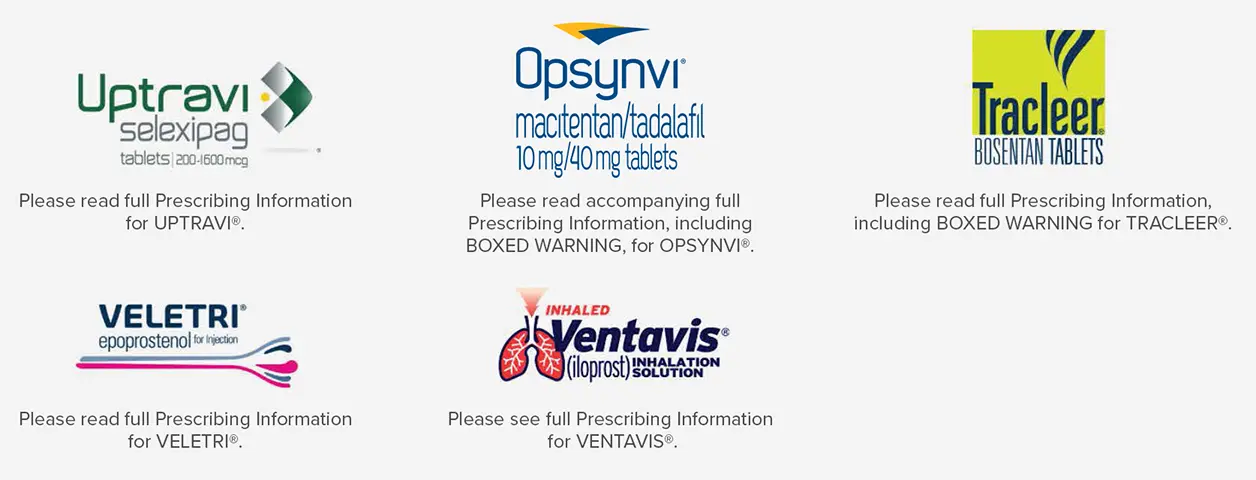For U.S. Healthcare Professionals
Macitentan-Containing Products Risk Evaluation and Mitigation Strategy (REMS)
A REMS program is required by the US Food and Drug Administration (FDA) to manage serious risks associated with a drug product. All healthcare providers must enroll in Macitentan-Containing Products REMS and comply with its requirements for prescribing OPSUMIT®.
- All female patients must be enrolled in Macitentan-Containing Products REMS in order to receive OPSUMIT®
- Male patients are not required to enroll in Macitentan-Containing Products REMS
Goals of Macitentan-Containing Products REMS
Macitentan-Containing Products REMS is designed to:
- Inform prescribers, patients, and pharmacists about the risk of serious birth defects and safe-use conditions for OPSUMIT®
- Minimize the risk of fetal exposure and adverse fetal outcomes in females of reproductive potential
who are prescribed OPSUMIT®
- Females who are pregnant must not be prescribed OPSUMIT®
- Females taking OPSUMIT® must not become pregnant
The Macitentan-Containing Products REMS web page includes full information about prescriber responsibilities, patient information, pharmacy certification, and enrollment.



